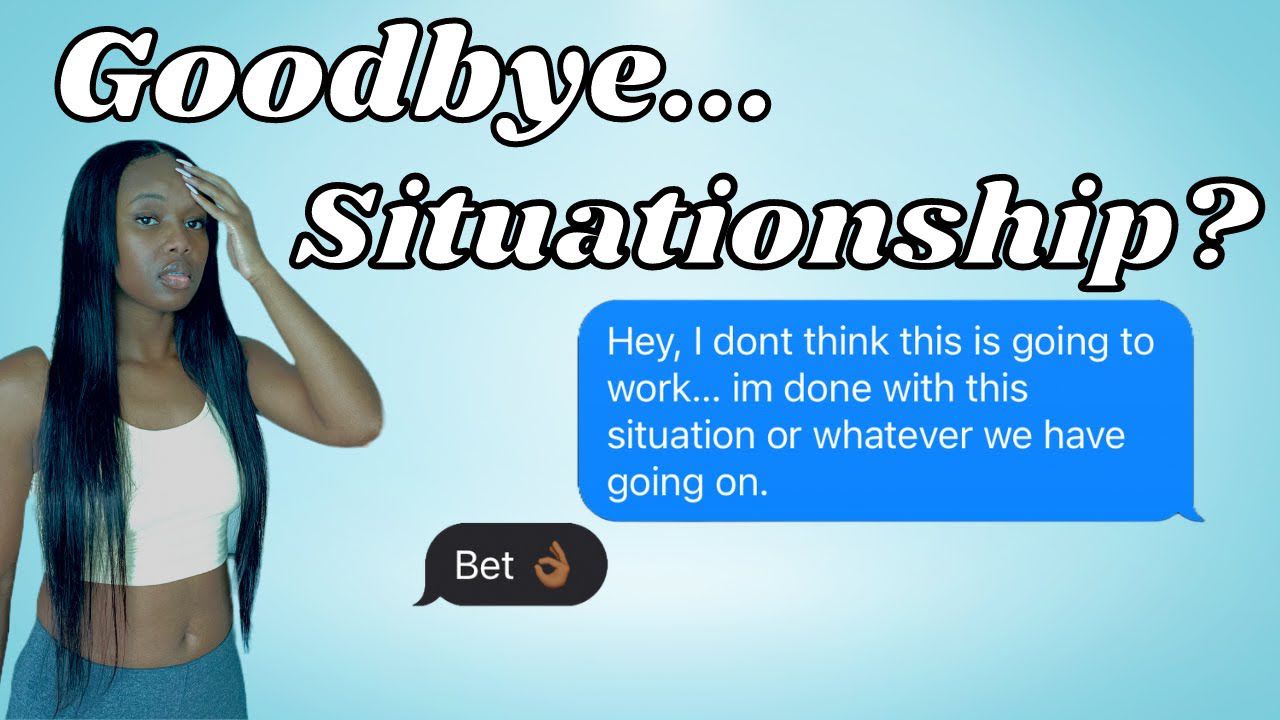Understanding the Complexity of Situationships
At one point, you might find yourself in a situation where you’re texting daily, sharing inside jokes, and even developing emotional connections. However, this can quickly shift into confusion as you question the nature of your relationship. You’re not officially dating, yet you’re not just casual either. This undefined state is commonly referred to as a situationship.
When the relationship no longer feels fulfilling, many people opt for the easiest way out—ghosting. However, this approach often leads to confusion, resentment, and unnecessary drama. If you’re looking to end a situationship in a respectful and healthy manner, it’s important to approach the situation with clarity and compassion.
Assessing Your Intentions
Before making any decisions, it’s crucial to ensure that you are truly ready to move on. Ask yourself:
- Do you feel emotionally drained?
- Are you constantly questioning the future of the relationship?
- Have you lost interest or connection?
If your answer to any of these questions is yes, then it may be time to walk away. Ending a situationship requires honesty, not only with the other person but also with yourself.
The Importance of Honesty
While it might seem like you don’t owe the other person anything, especially if you were never officially dating, this mindset can contribute to the problem. If you were emotionally involved, even in an unofficial capacity, the other person deserves basic human decency. Ghosting may offer a quick escape, but it leaves the other person feeling confused and possibly questioning their self-worth.
You don’t need to share your entire heart, but a small dose of honesty can make a significant difference. It’s about respecting the other person’s feelings and giving them the closure they deserve.
Steps to End a Situationship Properly
1. Choose the Right Time
Timing is essential when ending a situationship. Avoid reaching out when the other person is going through a tough time, such as losing a job or dealing with personal issues. Instead, choose a neutral moment that isn’t too emotional or chaotic.
If a face-to-face conversation isn’t possible, a thoughtful phone call or a well-crafted message can still be effective. Just make sure it’s intentional and not impulsive.
2. Be Honest and Kind
There’s no need for insults or blame games. A simple and kind statement can go a long way. For example:
The goal is not to receive an apology or validation but to express your feelings and move forward.
3. Avoid Lingering
Resist the temptation to say things like “Let’s still be friends” if you don’t mean it. Leaving the door open can lead to emotional limbo. If you’ve made the decision to walk away, do so completely. Avoid late-night check-ins, soft ghosting, or sending “I miss you” texts later on.
Handling Defensiveness
It’s possible that the other person may become defensive or lash out. This is not your fault; people handle rejection differently. If they react negatively, try to stay calm. You don’t need to prove your point—you just need to stand by your decision.
If they beg you to stay or promise to change, ask yourself:
Sometimes, walking away is the healthiest choice for both parties.
The Value of Clarity
Ending a situationship with clarity is far better than disappearing without explanation. How you exit the relationship doesn’t have to be painful. By choosing honesty over avoidance, you provide both yourself and the other person with a cleaner break. No more overthinking, no wondering, and no lingering “what ifs.”
Ultimately, how you end a relationship speaks volumes about your character, just as much as how you begin one.






